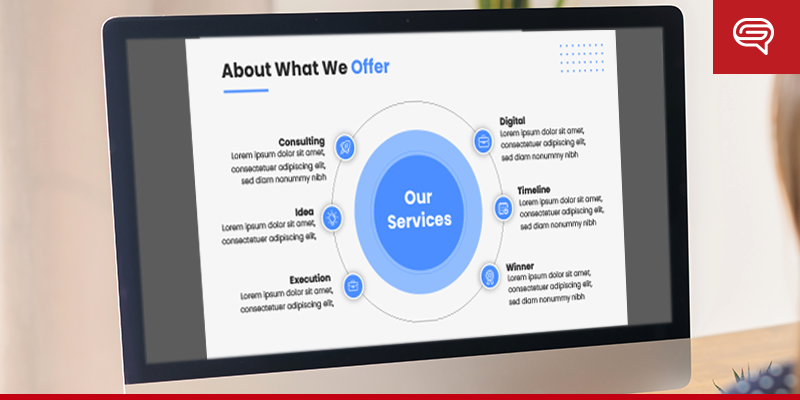Entrepreneurs seeking funding must recognize that investors play a vital role in shaping the destiny of a startup. Let’s explore the critical aspects investors scrutinize when evaluating business models, shedding light on what makes some models stand out.
Need a Presentation Designed?
Click Here To View Our Amazing Portfolio
Key Components of a Business Model
A business model reveals how a company creates, delivers, and captures value.
Entrepreneurs must meticulously craft their business models to gain investor confidence, outlining key components such as the value proposition, revenue streams, and cost structure. These elements not only define the essence of the business but also serve as a lens through which investors assess its viability.
Factors That Make a Business Model Attractive to Investors
Scalability
Investors are inherently attracted to business models that exhibit scalability.
Scalability refers to a company’s ability to grow revenue substantially without incurring a proportional cost increase. It ensures a high return on investment and positions the business for long-term success.
For instance, tech companies with software-based products often boast scalable business models, as they can serve a growing user base without significant incremental expenses.
Sustainable Competitive Advantage
A sustainable competitive advantage is a key differentiator that sets a business apart from its competitors and allows it to maintain its position over time.
Investors seek business models with a clear and defensible competitive advantage, whether through unique technology, exclusive partnerships, or exceptional brand recognition. This advantage attracts customers and provides a barrier to entry for potential competitors.
Addressable Market
Understanding and defining the target market is crucial for investors.
They look for business models that tap into a sizable and clearly defined market opportunity. A thorough analysis of the addressable market helps investors assess the growth potential and revenue prospects.
Companies that can demonstrate a substantial and untapped market often capture the attention of investors seeking substantial returns.

Metrics and Key Performance Indicators (KPIs)
Revenue Growth
Consistent and scalable revenue growth is a paramount factor for investors. They closely examine a company’s historical and projected revenue, looking for patterns that indicate a sustainable and upward trajectory.
Key metrics, such as month-over-month or year-over-year growth, provide valuable insights into a business’s potential for success.
Customer Acquisition Cost (CAC) and Lifetime Value (LTV)
Investors analyze the efficiency of a business model by evaluating the relationship between Customer Acquisition Cost (CAC) and Lifetime Value (LTV).
A low CAC relative to LTV signifies a profitable and sustainable business model. Companies with a clear strategy for acquiring and retaining customers while maximizing their lifetime value are deemed attractive to investors.
Burn Rate
The burn rate, or the rate at which a company spends its capital, is a crucial financial metric for investors. It reflects the company’s financial health and sustainability. Investors carefully assess the burn rate to ensure that a company is not spending excessively for future profitability.
Adaptability and Innovation
The business landscape is ever-evolving, and investors seek models that embrace change and innovation.
Entrepreneurs must demonstrate the ability to adapt to shifting market dynamics and showcase a commitment to ongoing innovation. A business model that incorporates flexibility and a culture of innovation is better positioned to navigate challenges and seize new opportunities.
Risk Assessment
Investing involves risk, and investors look for entrepreneurs who acknowledge and mitigate potential risks.
A thorough risk assessment, coupled with strategic plans to minimize uncertainties, instills confidence in investors. Transparency regarding potential challenges and a proactive approach to risk management demonstrate a mature and responsible business mindset.
Need a Presentation Designed?
Click Here To View Our Amazing Portfolio
Entrepreneurs must recognize the role of a well-crafted business model in pursuing investor support. Thus, they should continuously refine and improve their business models, creating blueprints to attract investors and pave the way for enduring success in the competitive business landscape.





















